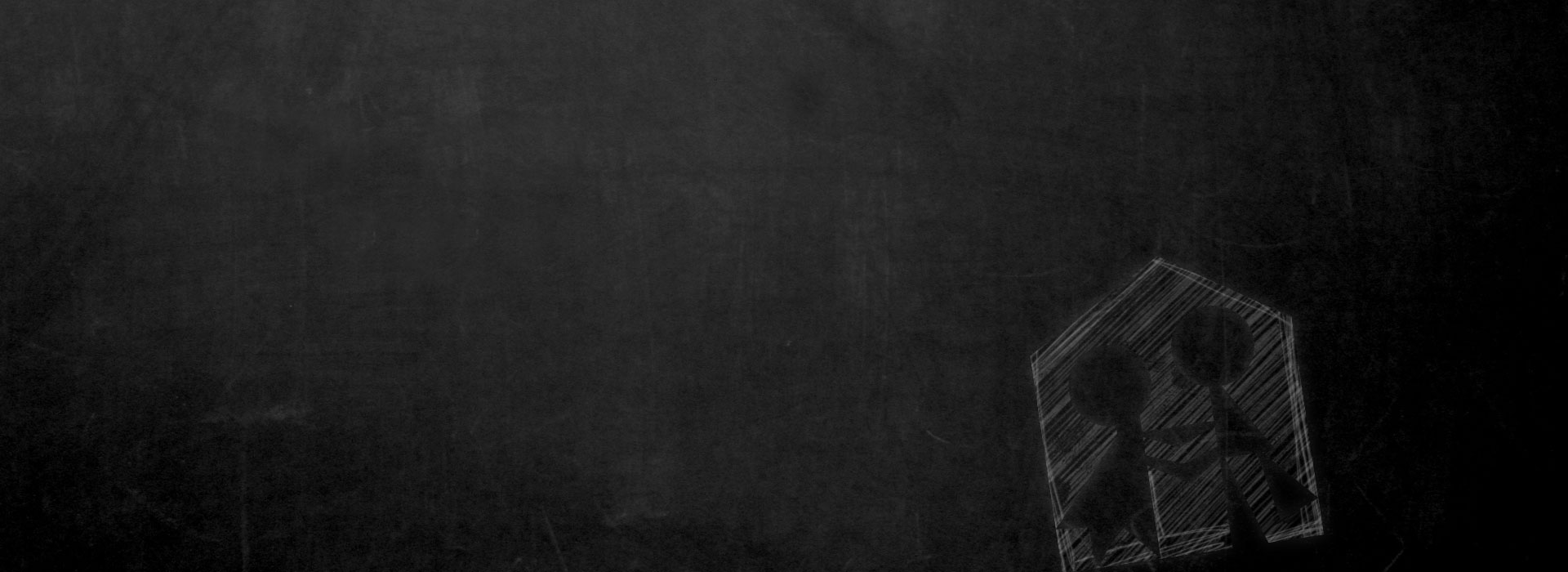The Wishing Club: A Story About Fractions by Donna Jo Napoli
As someone who never thrived in math class, I’m a tough sell when it comes to books about math. However, The Wishing Club: A Story About Fractions is inventive in the way it combines math and magic. The story is bound to intrigue any child reader, regardless of their level of mathematics enthusiasm.
In Donna Jo Napoli’s book, four siblings wish on a comet over a series of days. Their wishes come true…but they only get one part of their wish rather than the whole. Two-year-old Joey gets half a cookie, four-year-old Petey gets one fourth of a dollar, and eight year olds Sally and Samantha each receive one eighth of a bag of marbles. They hypothesize that they are only getting a fraction of their wishes based on their age. To test their theory, they all wish at the same time and for the same thing: a pet pig. Luckily, they receive a whole pig instead of a slice of bacon, proving that they can get a whole wish if they work together by combining fractions.
Real World Math Applications Don’t Have to Be So Real
When teaching young children about math, the easiest way to present mathematical problems is using the concrete world around them. Unfortunately, these real world problems get to be monotonous. How many apples are left? Why do we care? To fight inevitable boredom, Napoli presents a “real world” math problem in the magical childhood setting of wishing on a star. The storyline adds suspense, excitement, and imagination to make fractions enticing.
An Introduction to the Scientific Method
The scientific method is the foundation of many scientific cultural activities. While The Wishing Clubdoesn’t say outright that the characters are using the scientific method, they do carry out the steps:
- Identify the problem (The children only get one fraction of their wishes.)
- Research the problem (Each child makes a wish to see to what extent it will come true.)
- Make a hypothesis (The fulfillment of the wish is based on the age of the child. Therefore if we all make the same wish, our fractions will add up and we’ll get a whole wish.)
- Test your hypothesis (The children make a wish for a pig together.)
- Analyze your results and draw a conclusion (The children get 1 whole pig. Therefore the comet does provide a fraction of a wish based on each child’s age.)
Recommended Audience
While younger children may enjoy the story without comprehending the math involved, this book is targeted towards kids who understand fractions. Therefore, kindergartners are the perfect readers for this book.



